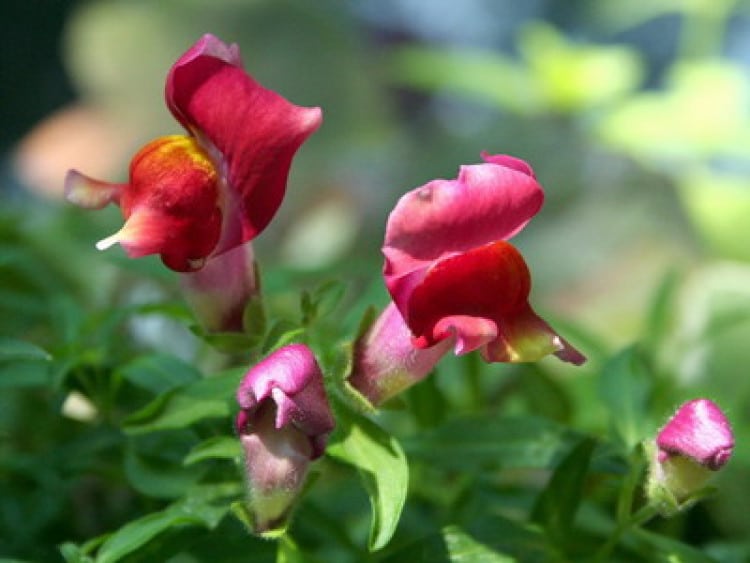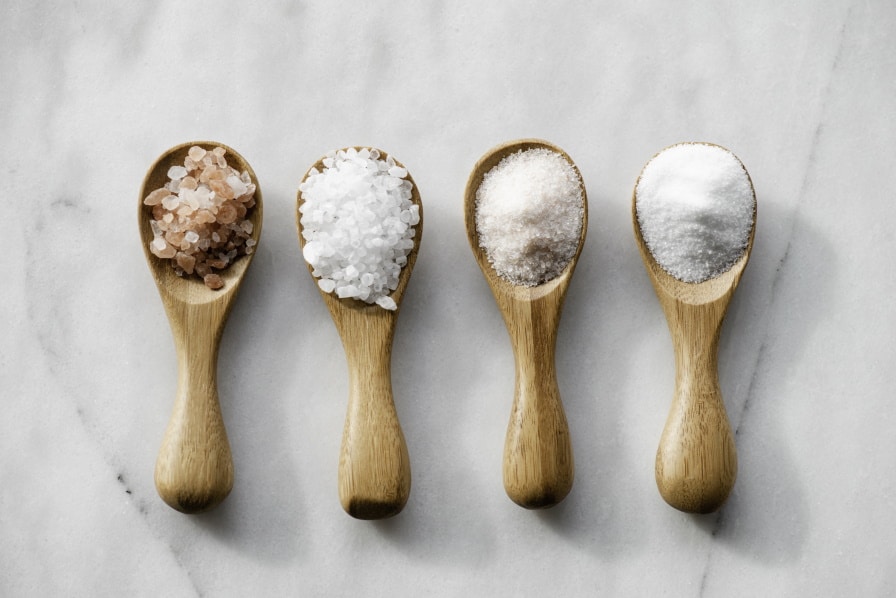Because of its resemblance to a lion or dragon, in ancient times it was believed that the “lion’s mouth” could ward off evil spirits
One of the most common and common garden flowers is the snapdragon, but few people today know about the strange mysteries that this plant hides.
We all played as children with this flower. Antirrhinum is known as “lion’s mouth”, “puppy” and others. By pressing the flower on the side, the mouth opens and closes just like a lion’s (or puppy’s) muzzle. The name is obviously related to the shape of the flower, but that’s not all it’s weird.
Much stranger is the fruit of this flower, which has the shape of a skull. The capsule that contains the seeds looks like the skull of a half-human, half-devil or dragon creature, hence the English name of this flower, namely “snapdragon”.
Many times nature has found a way to warn us that certain plants are useful or toxic, giving them curious shapes or colors that stand out from others. It is quite natural that this flower has some magical properties, since nature has gifted it with such curious forms.
Because of its resemblance to a lion or dragon, in ancient times it was believed that the “lion’s mouth” could ward off evil spirits and combat poison or poisonous potions used by witches.
A flower of youth and beauty
Among the medicines used in childbirth is a decoction of the leaves of the lion’s mouth flower, which is believed to ease labor pains.
The lion’s mouth is a flower dedicated to women and it is also said that its mysterious charm protects beautiful women from the envy and enmity of other women. That is why in England or Scotland the flower was worn hidden on the chest, especially on new moon nights.
It was also believed to be a flower that maintains youth and beauty. Sending a bouquet with a “lion’s mouth” to a young woman meant that they wanted to tell her how beautiful and special she was to the sender.
We do not know how effective lion’s mouth love charms were, but it is certain that the plant has certain healing properties.
The decoction and tea of the flowers were often used for stomach pains and inflammations, for sores in the oral cavity, for sore throats, and externally for the care of wounds and skin rashes.














